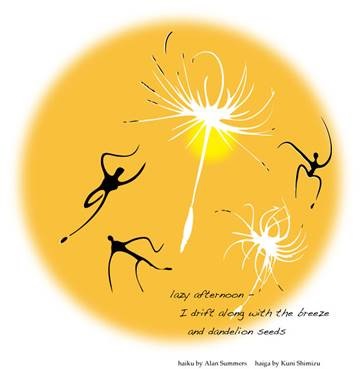Haiku – Portraying the World in a Few Syllables
In the Psalms (“The heavens declare God’s glory…”), in Jesus’ teachings (“Consider the lilies…”) and elsewhere, Scripture speaks of the faith-building significance of observing Nature. Haiku and related Japanese short-form poetry are built on an ancient tradition of capturing an image, sensation or relationship drawn from Nature in only a few words. We’ll briefly explore the roots of haiku in its traditional form, as well as see examples of more modern, free form haiku that can encompass other themes. We’ll also take a quick look at a few haiga, combining haiku with artwork or photography, which may appeal to the visual artists among us. We’ll have time to write and share our own haiku, although you can also just enjoy learning about this form and hearing and seeing examples. Recently enjoying a boom in popularity, the writing of haiku encourages observation and focus as the poet chooses the words that reflect both the image and the form. I am drawn to this for various reasons, including the means to quickly respond to something that catches my eye or touches my spirit, to find healing as an image embodies my grief or simply to express joy. Here is an example of each, in the traditional 17 syllables:
Winter turns corner
encased in morning’s clear ice
magnolia buds
Three does stand in field
Must tell Dad… no, I whisper,
Hope you can see them
Chickadee men’s choir
sings bright, two-note antiphons –
females unimpressed

